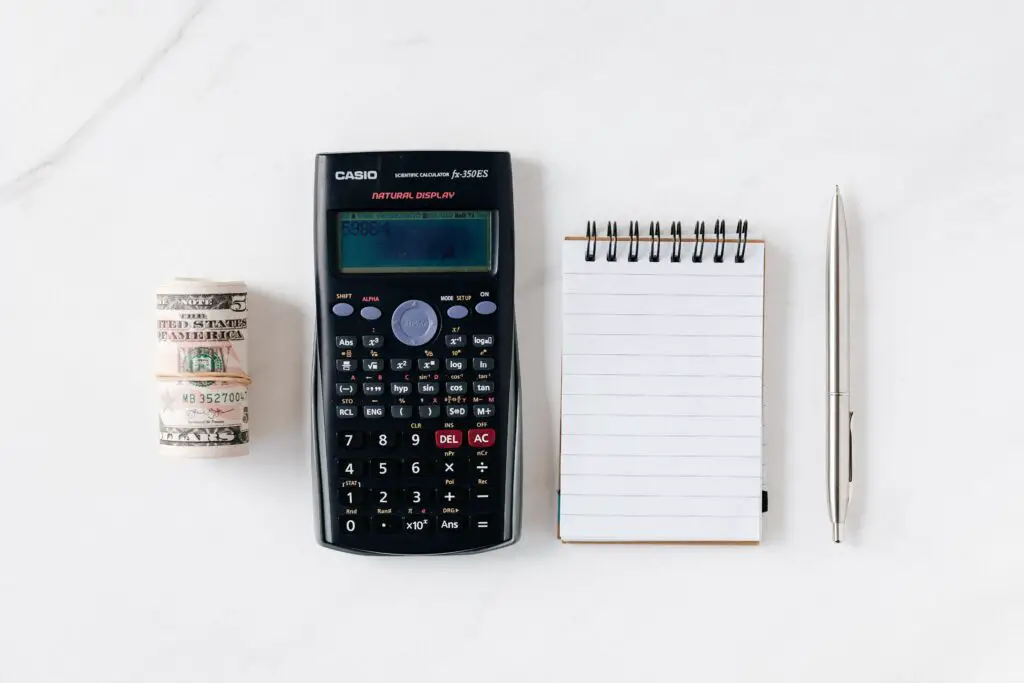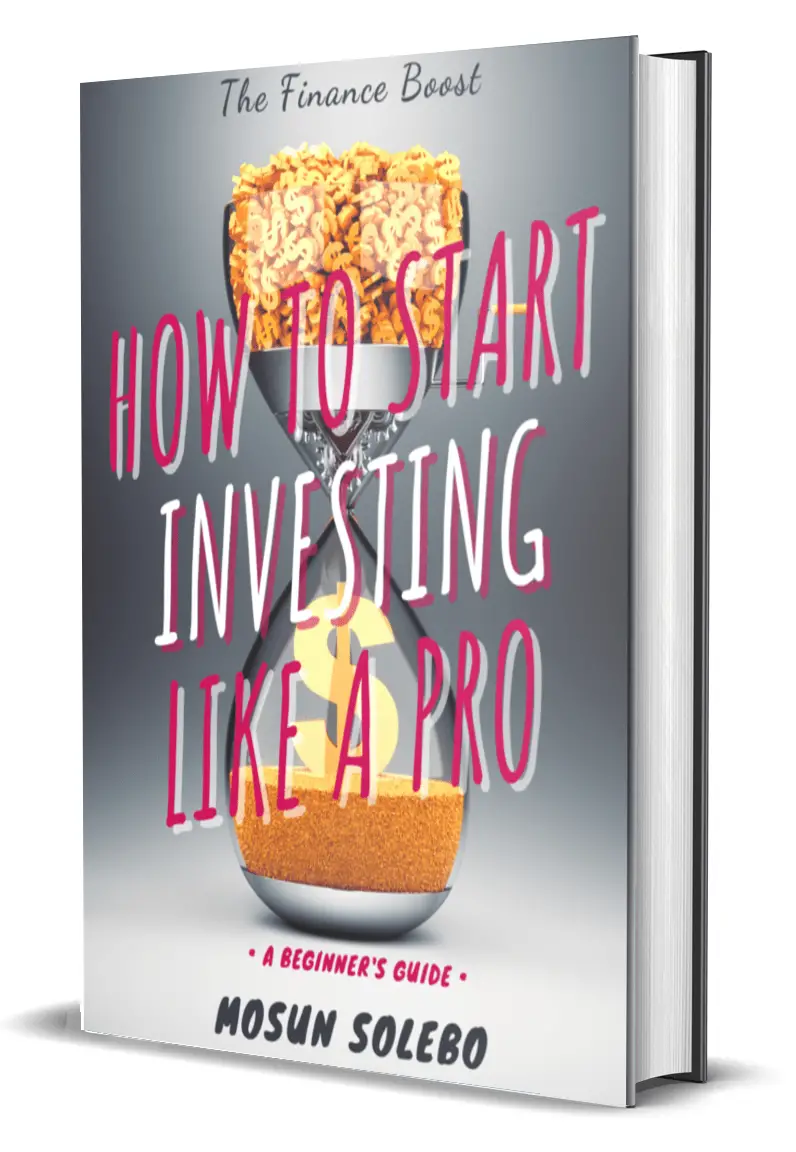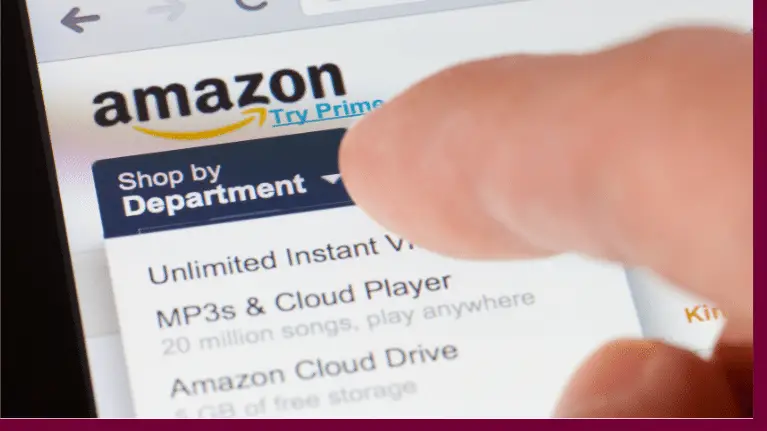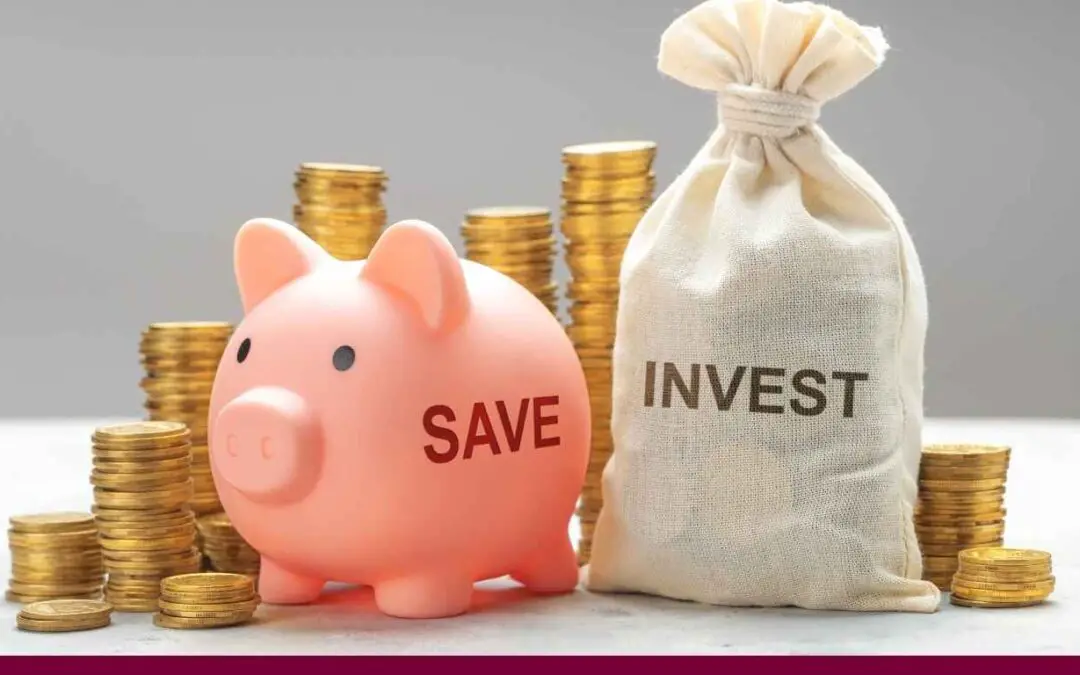They say that life happens when you’re busy making other plans. More often than not, these unexpected events may end up impairing our finances.
For instance, there’s a sudden need for a home repair, a dental check-up, or an unforeseen death of a loved one. Let’s bring it closer to home: a pandemic hits and your job is at risk.
These reasons and more are why you need to have at least a $1000 saved up for small emergencies.
Are you struggling to make ends meet, and therefore wondering how to kick-off your savings goals?
Guess what, here at TheFinanceBoost, we got you! We have the perfect recipe curated for you to save money, manage, and grow it.
Now, let me teach you the ABCs on saving your first $1000 fast; easy and realistic way to save more money.
Whether you’re starting to work out on your savings goals or a tight budget, achieving $1000 in your savings account is undoubtedly within reach.
Related reads:
How to Save Money Every Month- 9 Simple Steps to Start Saving
32 Realistic Ways to Save Money Very Easily

How can I save a large amount of money fast?
First of all, achieving your desire for x amount of money will not happen overnight. It will take a lot of hard work and determination to reach that milestone. More so, when you’re living paycheck to paycheck or on a low-income one.
Additionally, a stunning Bankrate survey revealed that 21% of Americans say they have no emergency savings at all.
However, the good news is that there is a way for you to hit that goal. Remember your ABCs? Well, let’s use that for your savings goals and go back to the basics:
- A- allocate
- B– budget
- C- cut back
A is for ALLOCATE
The first tip is to remember the first word, ALLOCATE. It’s as simple as dedicating your time and skills towards your financial goal as well as learning to earn and make more money.
1. Set your intention.
To get started on your goal, it will help if you can envision yourself fulfilling it. Ask yourself, why do you want or need to save? What is the saved money for? Why are you saving? It would be best to have a clear picture of your purpose for saving money and knowing what to do after attaining it.
There’s no right or wrong answer to it because your motivation influences your decisions. It’s like planning for your day. Be specific and put a label on your money. Is it for a house, retirement, or education? Go ahead and figure it out.
2. Set a Timeline.
Another thing to keep in mind is to set a specific and measurable timeline for your goal. Define FAST. How do you want to save $1000? – In 30 days or within 2 or 3 months? And, whatever time you set, know that it is achievable.
Defining your goal period will help you focus because you will want to hit x amount in a specific time. It will give you a sense of urgency because it will be like shooting for a deadline.
Unlike when you’re saving just because, it’s too vague. There must be a direction in terms of your savings.
If you want to save $1000 in 30 days, you can start saving weekly or daily, and It will be based on your total monthly income.
For example, if your monthly take-home pay is $1,300. Divided by 30, you’ll get 43. Therefore, you’ll have to save $43 daily.
On the other hand, if you want weekly, you’ll have to set aside $325 per week. Depending on your individual circumstance, you can start with these baby steps right away without feeling overwhelmed.
3. Get a second job.
Is your current job not paying enough? Before hunting for a second job, you can ask for a raise first or negotiate your pay. Take the courage to schedule that phone call/zoom meeting or walk into that office and communicate your worth.
On the other hand, if it’s still not enough, consider getting a part-time job. Nowadays, many side-hustles or freelance jobs will allow you to earn extra bucks. Tap into your skills and use them when offering your commercial services. Moreover, you can build a side-business if you have the talent and time.
Babysitting, dog walking and tutoring are among the few you can try hustling with. Grind hard and earn that money!
For more information, I highly recommend you read this article: 36 Best Ideas to Earn Extra Money Now and in the Future
4. Sell your stuff.
If you have unwanted stuff lying in your attic or garage gathering dust, free up some space and earn money by listing it on top online marketplaces. Your pre-loved items can spark joy in others who might need them, and you, in return, make money for letting it go. You can list and sell almost anything! Clothes, books, gadgets; declutter it. Get serious about selling your unwanted stuff that your children will start to worry you might sell them off too (ok, just kidding about that part, but you get it)
Related reads: The 20 Best-Selling Apps to Declutter Your Stuff
B is for BUDGET
Creating a budget is the foundation for any financial goal. If the word budget is making you cringe, well, you can always personalize it. Also, often people misunderstood the word budget based on its contextual meaning. Many people think of it as a restriction to one’s pleasure and so on.
That isn’t what a budget is all about. A budget is your ticket to financial success, and it’s like a diet. It will comprehensively show you where your money is going so that you can make rational economic decisions.
Related reads: How to Budget and Save Money to Transform your Finances
5. Automate your Savings.
Part of budgeting is automating your savings. It’s fast, convenient, and will keep you on track. That way, you can set it and forget it! Plus, saving should be an auto-pilot response to you every payday and not the other way around.
Save as much as you can as this will add up, and in no time, you’ll see how much you’ve accumulated so far.
6. Save the loose change.
Another great way to incorporate saving into your lifestyle is by saving loose change. When I was a kid, I had this little glass jar where I put every excess coin and bill from my allowance.
It left a thrill in my bones whenever I see it mounting up and gave me good feels, knowing I had money to pull out whenever I wanted to buy something.
And then, this is where I started becoming addicted to savings!
I still do this today, and you can and should too! Besides, you can make it fun! What I did for mine is I put labels and designs on my jar. I place it anywhere I can see it, so I’m reminded to check for any loose change I got for the day; then I joyfully put it down there.
You can instill this as one fun activity in your children too. While young, impart to them the value of saving.
7. Use cash instead of a credit card.
Before you react, first of all, I am not restricting you or anything of the sort. I am trying to say here that when you have cold hard cash, try to maximize using it, and regulate your card usage.
Remember, with every swipe comes a price. So whenever possible, leave the card behind and use cash for your everyday transactions.
Also, the more money you have available for spending, the harder it becomes to say no to blowing it on a frivolous impulsive buy. Therefore, get smart!
C is for CUT BACK
Now that you know how this savings challenge works, it’s time for a cool down.
8. Shop groceries with a list.
Did you know that you can save money on grocery shopping? I noticed that stacking and buying in bulk can save you more compared to weekly shopping. You should also shop with a list and try to stick to it. Take advantage of cashback apps and coupons to get the best deal. Overall, try to lose some expenses to give your budget a breather.
Related reads: The 30-Day Savings Rule
9. Cut the cable and unnecessary subscriptions.
If you want to get serious about saving up:
- Make a move now.
- Cut the cable. You can save more money by using cheaper streaming services like Philo.
- Cancel unwanted subscriptions you signed up for that is not making sense anymore.
One practical way I save money on subscriptions and memberships is to capitalize on account sharing. I share my Netflix and Spotify subscription with friends, saving me around $60 or more per year.
10. Believe in yourself.
Lastly, draw from within you. Take away this one powerful quote that I embodied as my life mantra, “a goal without a plan is just a wish.”
Is saving $1000 in a month possible? The quick answer is YES. But, (there’s always a but!) it will take courage from you and dedication to do so.
It will come to fruition if you will be committed and never lose sight. Keep your eyes on the prize. The key here is consistency in saving. Believe that you can achieve what you want and you deserve what you desire.
Final thoughts
One more challenge to save $1000 fast is the $5 challenge. You might ask, what is the $5 challenge? Essentially, the $5 challenge is one easy way to accumulate cash. All you have to do is grab a savings jar or piggy bank and start saving. Each time you get a $5 bill, stick it in your savings jar and never think about it again.
It’s easy and fun! Then, at the end of the year, see how much you have saved. You can also allocate it for a specific saving goal or season. It’s all up to you.
Overall, saving is a habit. Learn how to stick with it, and in time, you’ll reap its sweet fruits. Learn how to build a sustainable saving habit for life.
I want to share that I am nearing my $1000 savings goal. Hopefully, I can finish it before the year ends. I know how the current pandemic has affected so many people on a different level, and I am one of them.
However, I am thankful that I was able to build up my fallback fund during this quarantine period and bounced back. One thing I learn and realize is the importance of budgeting and saving. I practice the “pay yourself first” concept. In other words, it means to save before you spend, and I am embracing this attitude in my financial life.
It was tough. I hustled hard and was still cash-strapped until I looked carefully at my budget, learned how to be mindful, and incorporated a disciplined lifestyle.
What to do after saving $1000?
I will keep it as my emergency fund and use it with confidence whenever the situation arises. Then, work towards adding more money to it.
If you are working on your first $1000, I suggest you continue and just do it. Set up your goal and be intentional. Learn to earn more money and free up your budget.
Whether you are ditching debt, saving money, or building wealth, I believe in you, and I know you can achieve the sweet smell of financial success.
If you like to learn more about budgeting tips and tricks, subscribe to this blog by filling your email address below.
And, don’t forget to comment down below and share your thoughts. Where are you on your savings journey? We’d like to hear more from you.
Be the #bossofyourmoney and ace money!










0 Comments